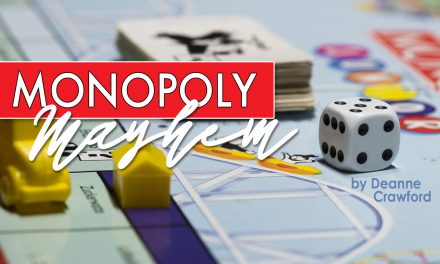The question comes up a lot. This didn’t work. My child cried over that one. We quit this one mid-year and just stopped doing math. It was awful. It took too much time. It was too easy. It was too hard. I want more review. It has too much writing. Sound familiar?
We consultants do our best to save the patient (your math program) before we suggest an alternative for you. After all, you spent money on this curriculum; wouldn’t you rather tweak it than throw it away?
We came up with an analogy. If your foot was hurting, would your first step be to cut it off? It sounds brutal, I know, but go with me on this. The answer is of course not! You would address the problem and try to make it better.
That is why step 1 is to use a splint. You need a little support. Maybe a different way of teaching the concept. Try the simplest fix first. This can be a math game, a workbook for some focused practice, a manipulative, or a different presentation.
These can be a DIY (do it yourself) project like a dice game, making flashcards, or making a pizza and cutting it into fractions. Find a way to substitute a different activity for what’s “not working” in the text, like answering questions orally instead of writing dozens of math problems. There are also several really good support materials you can buy: Learning Wrap Ups, Math It, Base 10 blocks or fraction circles. Workbooks include Spectrum Math, Core Skills, Focus On Math, Kumon Math, Math Mosaics, Solaro, Developmental Math and various math drill books. Quarter Mile is a software option for more practice.
When a splint is not enough, you need something more long term like a cast. These are things to use along side your curriculum as you heal. There will be some re-teaching involved. It might be a more straight-forward explanation of a concept that was giving your student trouble. The DIY option is not so practical at this stage. Would you attempt to put on your own cast?
The Key To…series falls into this category, with a series of short workbooks on topics like fractions, decimals, algebra and more.
There are software options like those that go with Saxon Math, (Saxon Teacher, DIVE,) and the Art Reed Mastering Algebra DVDs. A+ Interactive has supplementary CDs on topics such as place value, money and ratios to algebra and geometry. Workbooks can be your cast as well. Look at Mastering Essential Math or the Humongous Book of … Problems. Both of these have specific topical titles.
These are not replacing your curriculum. You can do your re-teaching at the same time you are working on your regular math program, or you might pause your program and work on that one skill for a week or so. Perhaps you use your main program Monday-Thursday and use Fridays for re-teaching or concentration on a topic using a different resource. Give this process some time. It could be a month, or even a semester. Think about how long it can take your foot to heal if you had to wear a cast.
Dun Dun Dun…what happens when these don’t do the trick? I don’t even want to say it, but you know where this is headed (amputation). The splint did not work, the cast did not work, and now the bad foot is a threat to the body and you have to make a decision. You have to consider a few things. How old is the student? What grade level? If you have a 2nd grader, they likely won’t even remember life before you changed programs. Many elementary math courses only go to 6th grade, so if you have a 5th grader, you might want to push through another year and then make the cut. It depends on how bad the foot is. If you have a high schooler, the separate subjects are more parallel (algebra, geometry, etc) and you can make a change more easily.
So when you go to the doctor with a sore foot, they are going to ask you what you were doing when the pain started. Were you doing something that others were doing without any difficulty and thought you’d give it a go? Were you just trying something new? Did you plan to do that particular activity or was it a spontaneous thing? And then, your doctor will talk to you about keeping this from happening again…preventive care. In our analogy, this would be giving your student a placement test. This is like us saying you should get permission from your doctor to use this program! Do not assume that your student will go into Horizons grade 3 just because he would go into Math in Focus grade 3. Math programs each have their own scope and sequence (S&S). These can vary a little or a lot. It depends on the method of that program (mastery vs. spiral). It is not enough for you to look at the placement test and decide where to begin. Your student has to take it, without your help, to get an accurate starting point in that particular program.
What if you’re not sure? Well, that is what we are here for: to help you help your child. Ask someone who knows what is available as a splint or a cast before you make the decision to cut off your math program. The solutions available are so varied that we can help you find one for about any type of learner with any sort of math issue. Got tears? Look at Life of Fred. Can’t recall facts? Look at songs. Not understanding algebra? Key To books. It might be trying something as simple as doing math at a different time of day or in a different location! Call us with your math questions like you would call your doctor when your foot hurts.





